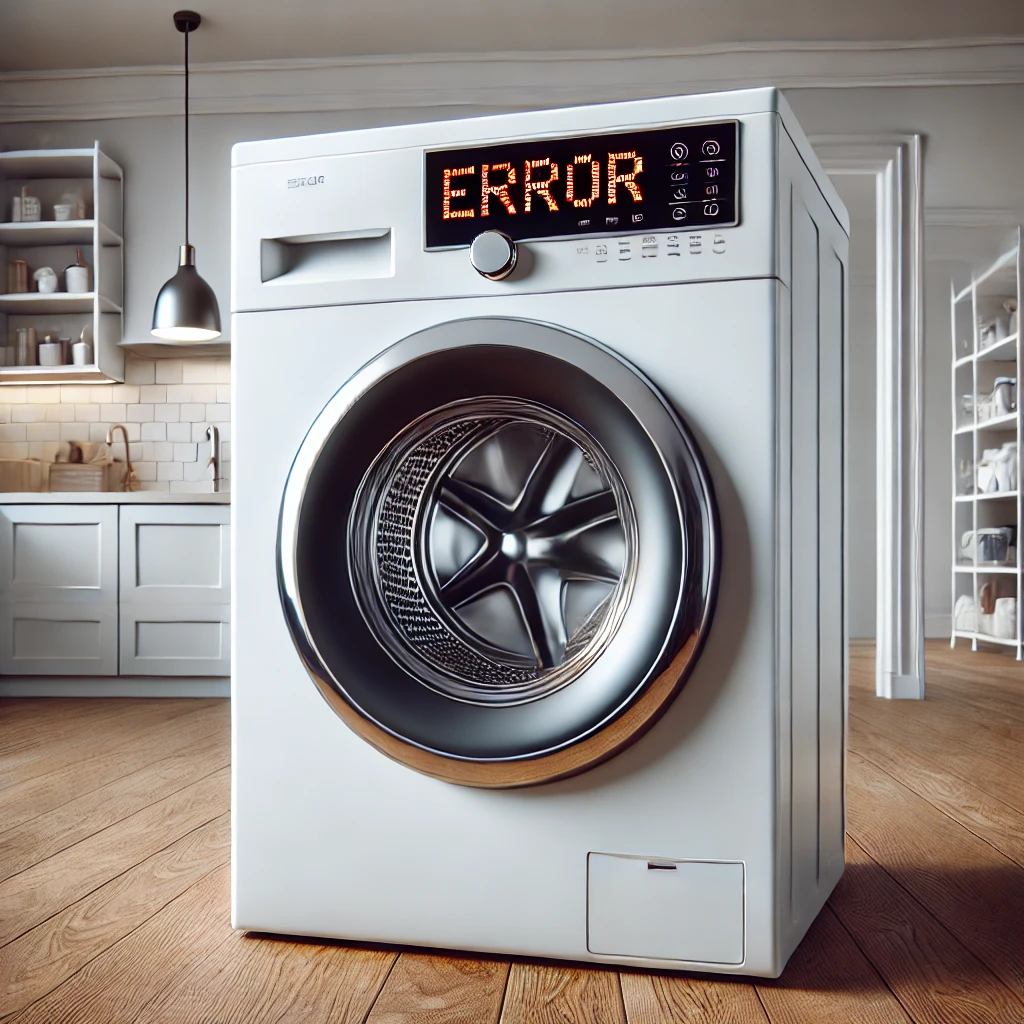
Washing Machine Not Filling with Water
When your washing machine stops filling with water, it can be incredibly frustrating and disrupt your daily routine. Fortunately, many of the common causes of this problem can be identified and fixed without professional help. Here’s a comprehensive guide on why your washing machine might not be filling with water and how to address the issue.
1. Check the Water Supply
Before assuming there is a problem with your washing machine, ensure that the water supply is turned on and functioning correctly.
Steps:
- Inspect Water Valves: Make sure both the hot and cold water valves are fully open.
- Check Water Pressure: Verify that there is adequate water pressure coming from your home’s supply. Low water pressure can prevent the washing machine from filling properly.
- Test Other Fixtures: Run water in nearby sinks or showers to confirm that the water supply is working throughout your home.
2. Inspect the Water Inlet Hoses
The hoses that connect your washing machine to the water supply can sometimes become kinked, blocked, or damaged.
Steps:
- Check for Kinks: Ensure that the hoses are not kinked or twisted, which can restrict water flow.
- Inspect for Blockages: Disconnect the hoses from the washing machine and check for blockages. Use a small brush to clear any debris.
- Examine for Leaks: Look for any signs of wear, cracks, or leaks in the hoses. Replace them if necessary.
3. Clean the Inlet Filters
Most washing machines have small inlet filters where the hoses connect to the machine. These filters can become clogged with mineral deposits and debris.
Steps:
- Turn Off Water Supply: Before removing the hoses, turn off the water supply to prevent flooding.
- Remove and Clean Filters: Carefully remove the inlet filters and clean them under running water. Use a soft brush if needed to remove stubborn debris.
- Reattach Hoses: Reattach the hoses and turn the water supply back on.
4. Test the Water Inlet Valve
The water inlet valve controls the flow of water into your washing machine. If it’s faulty, the machine won’t fill properly.
Steps:
- Listen for Activation: When you start a cycle, you should hear a click as the valve opens. If you don’t, the valve may be defective.
- Test for Continuity: Use a multimeter to check the valve for electrical continuity. If it fails the test, replace the water inlet valve.
5. Check the Lid Switch or Door Lock
For safety reasons, washing machines are designed not to fill with water if the lid or door is open or if the switch is faulty.
Steps:
- Inspect the Switch: On top-loading machines, check the lid switch. On front-loading machines, inspect the door lock mechanism.
- Test for Faults: Use a multimeter to test the switch or door lock for continuity. If it’s defective, replace it.
6. Examine the Control Board
If none of the above solutions work, the problem might lie with the washing machine’s control board. The control board manages the filling cycle and other functions.
Steps:
- Inspect for Damage: Look for any visible signs of damage, burns, or loose connections on the control board.
- Professional Help: If you suspect the control board is faulty, it’s best to consult a professional technician for repair or replacement.
7. Consider the Water Level Sensor
The water level sensor monitors the water level in the drum and signals the control board when the correct level is reached.
Steps:
- Inspect the Sensor: Check the sensor and the hose connecting it to the drum for blockages or damage.
- Test the Sensor: Use a multimeter to test the sensor for continuity. Replace it if it’s faulty.
Conclusion
A washing machine that doesn’t fill with water can be a hassle, but many of the common causes can be easily identified and fixed. By systematically checking the water supply, hoses, inlet filters, inlet valve, lid switch, control board, and water level sensor, you can often diagnose and resolve the issue without needing professional help. Regular maintenance and timely repairs will help keep your washing machine running smoothly and efficiently.

